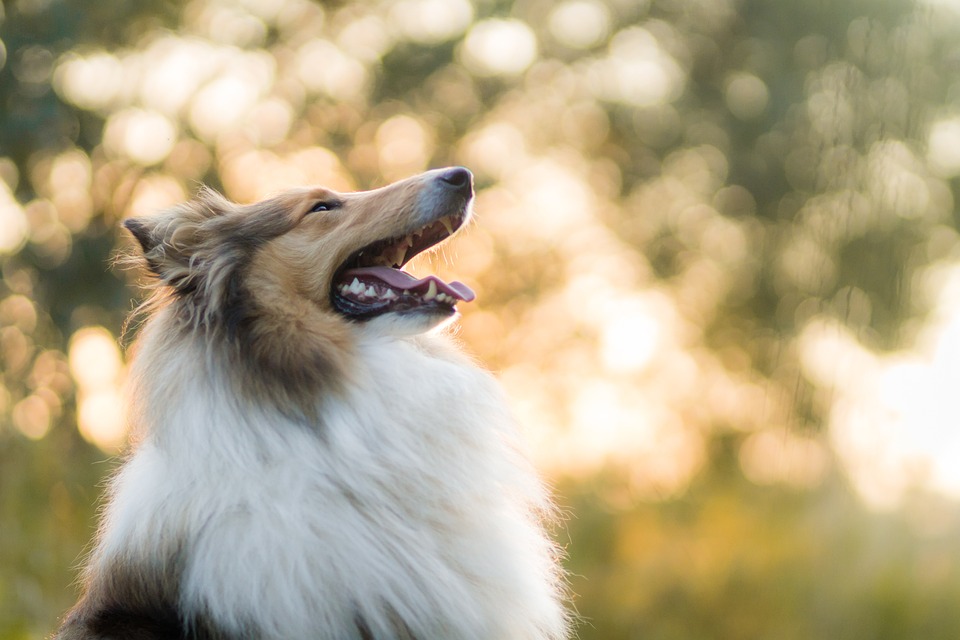How to Discourage Chewing on Inappropriate Items: A Guide to Understanding and Correcting Dog Behavior
Introduction
Chewing is a natural instinct for dogs, but when they turn their attention to inappropriate items like shoes, furniture, or even electrical cords, it can become a frustrating and costly problem for owners. Understanding the reasons behind this behavior and implementing effective strategies to discourage it is crucial for the well-being of your dog and the safety of your belongings.
Creating a Safe Environment
One of the first steps in addressing inappropriate chewing behavior is to create a safe environment for your dog. This involves removing temptations by keeping valuable or hazardous items out of reach. Secure items that cannot be moved, such as furniture, with barriers or covers. Additionally, using deterrent sprays or solutions on items you want to protect can help discourage your dog from chewing on them.
Providing Appropriate Chew Toys
To satisfy your dog’s natural urge to chew, it is important to provide them with appropriate chew toys. Choose toys that are designed specifically for chewing and are made of durable materials. It is also beneficial to rotate toys regularly to keep them interesting and engaging for your dog. To make chew toys more appealing, consider stuffing them with treats or freezing them to provide a more rewarding and challenging experience.
Positive Reinforcement Training
Positive reinforcement is a powerful tool in modifying your dog’s behavior. When your dog chooses to chew on appropriate items, such as their chew toys, be sure to praise and reward them with treats or verbal praise. Additionally, teaching the “leave it” command can help redirect your dog’s attention away from inappropriate items. By consistently reinforcing positive behavior, your dog will learn what is acceptable to chew on and what is not.
Physical and Mental Stimulation
Boredom and lack of mental stimulation are common triggers for inappropriate chewing behavior. To prevent this, ensure your dog receives enough exercise through daily walks, playtime, or interactive games. Mental stimulation can be achieved through the use of interactive toys and puzzles that challenge your dog’s problem-solving skills. Incorporating short training sessions into your daily routine can also provide mental stimulation and strengthen the bond between you and your dog.
FAQs (Frequently Asked Questions)
1. Why do dogs chew on inappropriate items?
Understanding the reasons behind chewing behavior, such as teething, boredom, or anxiety, can help address the root cause of the problem.
2. How can I tell if my dog is chewing out of boredom or anxiety?
Recognizing signs of boredom or anxiety-related chewing, such as excessive chewing, restlessness, or destructive behavior when left alone, can help determine the underlying cause.
3. What are some common inappropriate items dogs tend to chew on?
Identifying commonly targeted items and household hazards, such as shoes, furniture, or electrical cords, can help in prevention efforts.
4. Will punishment or scolding help stop my dog from chewing on inappropriate items?
Punishment or scolding can have negative consequences and may not effectively address the underlying cause of the behavior. Positive reinforcement is a more effective approach.
5. My dog already destroyed some items. How can I prevent future incidents?
Taking steps to prevent future chewing, such as providing appropriate chew toys, increasing exercise and mental stimulation, and using deterrent sprays, can help minimize future incidents.
6. Can I use bitter apple spray or other deterrents to stop my dog from chewing?
Deterrent sprays and other products can be effective in deterring chewing behavior, but it is important to use them consistently and in conjunction with positive reinforcement training.
7. Are there specific chew toys that are better for certain breeds or sizes of dogs?
Considering breed characteristics and size when choosing chew toys can help ensure they are appropriate and safe for your dog.
8. How long should I leave my dog with a chew toy?
Monitoring chewing sessions and avoiding excessive chewing time can help prevent overstimulation and potential dental issues.
9. My dog seems disinterested in chew toys. What should I do?
Tips for making chew toys more appealing and engaging include stuffing them with treats, freezing them, or trying different textures and shapes.
10. Is it normal for puppies to chew more than adult dogs?
Puppies have a stronger urge to chew due to teething and exploring the world around them. Providing appropriate chew toys and consistent training can help redirect their chewing behavior.
Conclusion
Discouraging chewing on inappropriate items is a process that requires patience, consistency, and positive reinforcement. By understanding the natural instinct to chew, creating a safe environment, providing appropriate chew toys, implementing positive reinforcement training, and ensuring physical and mental stimulation, you can effectively address this behavior and promote a healthier and happier relationship with your dog. Remember, it is important to address the underlying cause of the chewing behavior rather than simply focusing on stopping the behavior itself.









